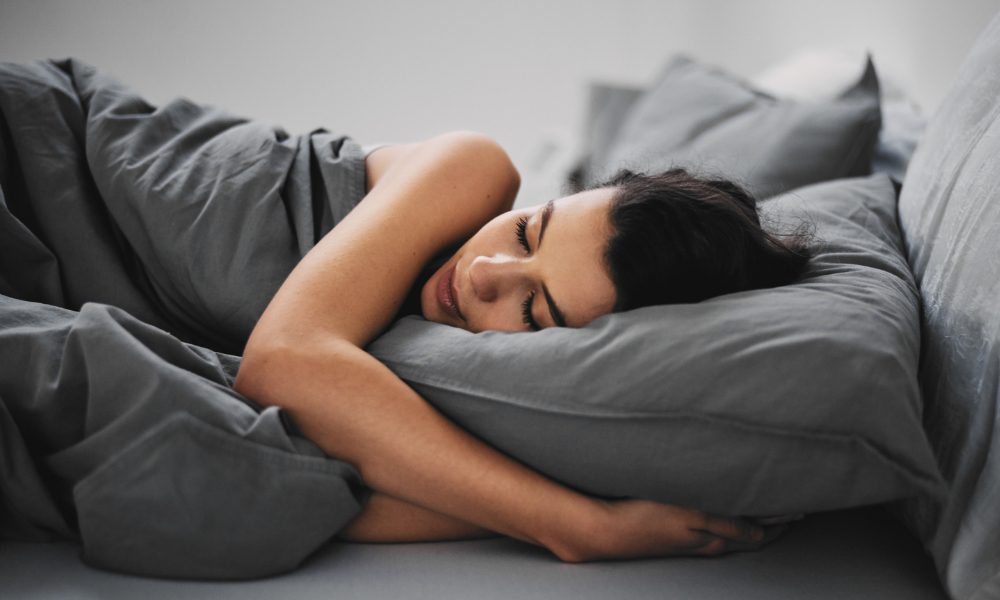When did you last buy a new pillow? If you’re internally cringing at the fact you can’t remember, it might be time to consider replacing yours.
With quality sleep essential to our physical and mental health and wellbeing, it’s important to fine-tune your sleep environment for comfort, to create a restful environment.
When a pillow gets too old, it might not be providing the necessary support.
Then there’s the fact our pillows can have an extended lifespan with little cleaning, despite the fact our hair and skin has natural oils that will impact the condition of the pillow. Our body also sweats at night time to naturally help us regulate our temperature.
It can be hard to give up an old fave, but when it comes time to shop for a new one, it can be an impulse purchase. Many of us spend a lot of time selecting a mattress to ensure a good night’s sleep but often we don’t put the same effort into selecting pillows.
How often should we change pillows?
Pillows do wear out, but a pillow’s lifespan can depend on a few things, like how you care for it, whether you use a washable pillow protector and the type of fill inside.
Many people will recall down or feather pillows lasting decades, but whether they still provide support and if they are harbouring bacteria or dust or mould can also be near impossible to tell.
According to leading manufacturers and experts, common guidance suggests most pillows last around 1-2 years before they need to be replaced, although some pillows may last longer if cared for well.
Cheaper polyester fill may only last months before it sags or bunches, while high-tech memory foam pillows may last much longer than 2 years.
Signs your pillow needs replacing include smells, stains, sagging or loss of density or feeling lumpy. Or, you are not sleeping as well as you used to, which could come down to a number of things, but your pillow could be one of them.
What to look for
Personal preference counts for a lot. If you’ve ever battled with an overinflated, puffy hotel pillow when yours at home is flat and thin, you’ll know what you favour when it comes to what to rest your head on.
The profile (either low, medium or high) tells you how far off the mattress your head will be held.
But it turns out, your sleeping position should be a main factor in guiding your choice of pillow.
Chiropractors and osteopaths often report that a pillow that doesn’t support your neck and head correctly can lead to postural and alignment challenges and muscle strain amongst other issues, so it’s important to find one that suits.
According to premium bedding brand Fairydown, these are the pillow types to look for:
Stomach – A stomach sleeper needs the slimmest and softest of all pillows to create a flat sleeping surface. This minimises any arching of the back whilst also ensuring that the head and neck are not turned unnaturally to either side. Stomach sleepers should choose a pillow with a soft support and a low profile.
Back – The ideal pillow for a back sleeper should support the natural curvature of the spine, with adequate support under the head, neck and shoulders. The neck and head should be supported in a position that remains level with the upper back and spine. Backsleepers should choose a pillow with a soft support and a low or medium profile.
Side – A side sleeper needs a pillow that conforms to the shape of the neck and supports the head in a high enough position to ensure that the spine maintains a straight and natural horizontal line. Medium or Firm Support pillows are an ideal choice for side sleepers depending on the person’s size. Larger people or people with broad shoulders should opt for a High Profile pillow.
When selecting the firmness you like, be guided by the label on the packaging, but also give the pillow a good squeeze and shake. Does it match up with what you expected? Does the fill move inside the cover or
If you tend to be a hot sleeper, look out for specific cooling pillow. These have varying features from a ventilated core for increased airflow, to gel-infused foam, or cool-to-the-touch fabrics.
According to the Sleep Foundation, the best pillows for those with allergies typically contain latex, down alternative fibers, silk, and other fills that resist dust mites and mildew. You can also invest in a pillow with a cover made of moisture-wicking fabrics, such as organic cotton, Tencel, and rayon derived from bamboo. Tightly woven covers which are impermeable to small particles carrying allergens are thought to be the best for those allergic to things such as dust mites.
How to care for a pillow
- Change your pillowcase once per week.
- Wash your pillows on a regular basis if the fill allows. Check the care label for instructions on how to do this.
- Air your pillows out once regularly on a sunny day. Give them a good bang against a hard surface to dislodge dust and prop them up in the sun where air flow will surround them This helps to kill germs and reduce odours.
- Use a pillow protector beneath your pillowcase.







